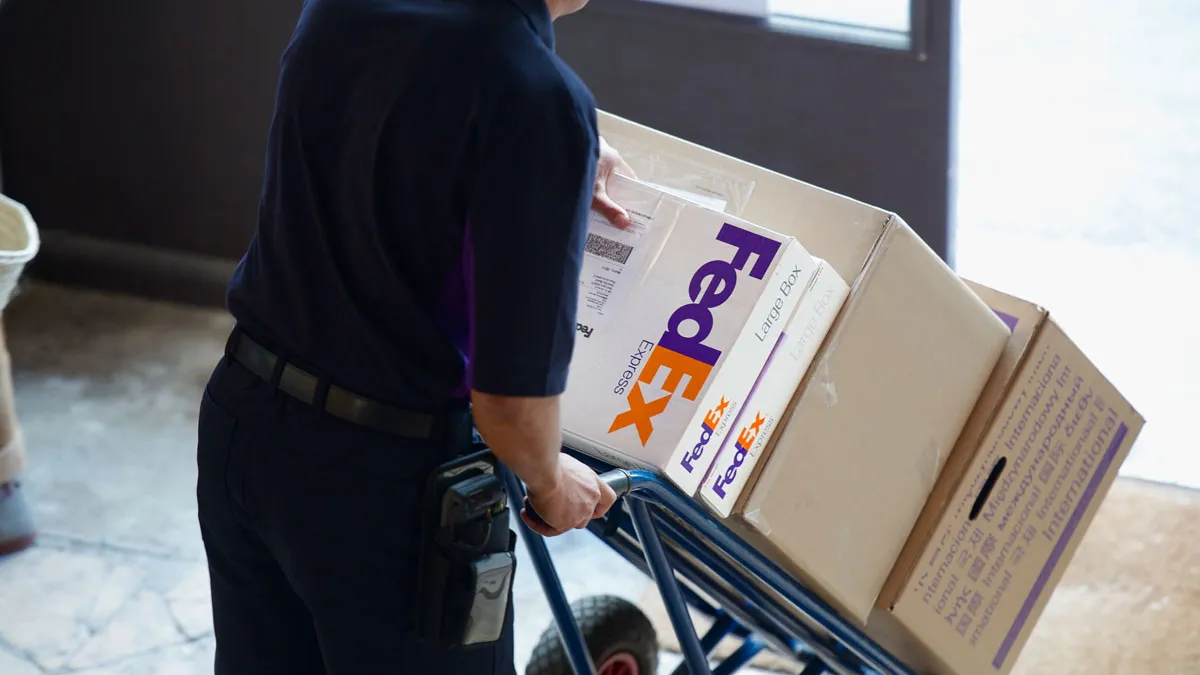Dive Brief:
- The rapid rise of e-commerce has left parcel carriers and their retail customers between a rock and a hard place, as promises of free shipping are unsustainable with the costs of logistics, DC Velocity reported.
- The carriers admit they will not turn away from B2C deliveries, as it has grown to account for nearly half of domestic volume for UPS and FedEx, but strained capacity is also leading to tougher relationships with retailers. Retailers, meanwhile, have not solved the problem of how to effectively recover the costs of free shipping.
- Meanwhile, UPS and FedEx are trying to lower costs by building out their distribution networks, both in terms of larger, automated hubs, delivery partnerships and ship-to-store programs.
Dive Insight:
There may be no such thing as a free lunch, but consumers have largely been eating for cheap when it comes to e-commerce, as the promise of increased sales has long induced retailers and carriers alike to subsidize the unsustainable practice of free shipping.
Now, both parties are biting their tongues as consumers take for granted what used to be a luxury, and those who do not offer it are burdened with a disadvantage. Yet, it turns out free shipping does not have to be free, as long as it is good. Amazon's subscription service is a prime example of a pricey program in exchange for faster delivery. Meanwhile, recent surveys show consumers are willing to pay more and are more likely to return for guaranteed same day delivery.
Yet, DC Velocity's report shows the urgency by which retailers and their carriers are looking to turn a promise-turned-expectation into a sustainable delivery model. For carriers, building out their network is a huge first step, as is being aware of their network's capacity. For retailers, it may be figuring out ways to minimize the costs of omnichannel offerings and ensuring that each new channel does, in fact, promise greater revenue.















